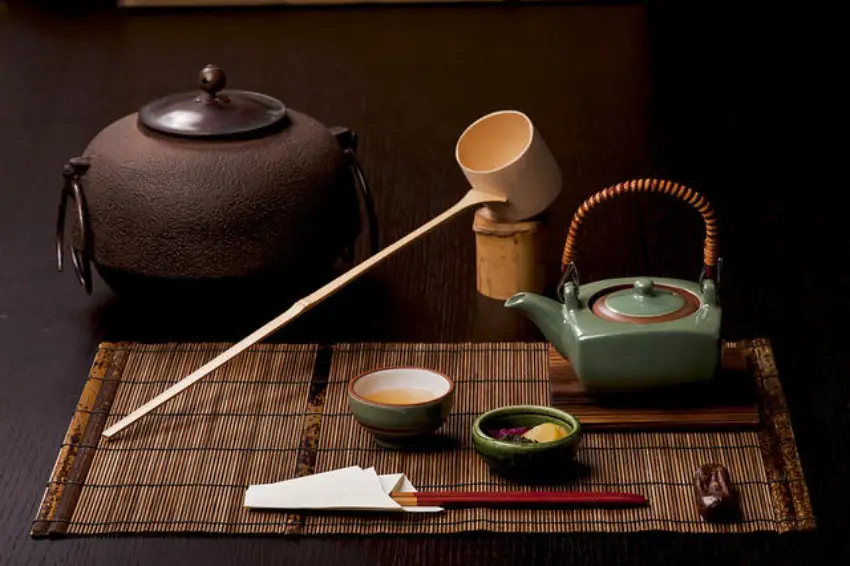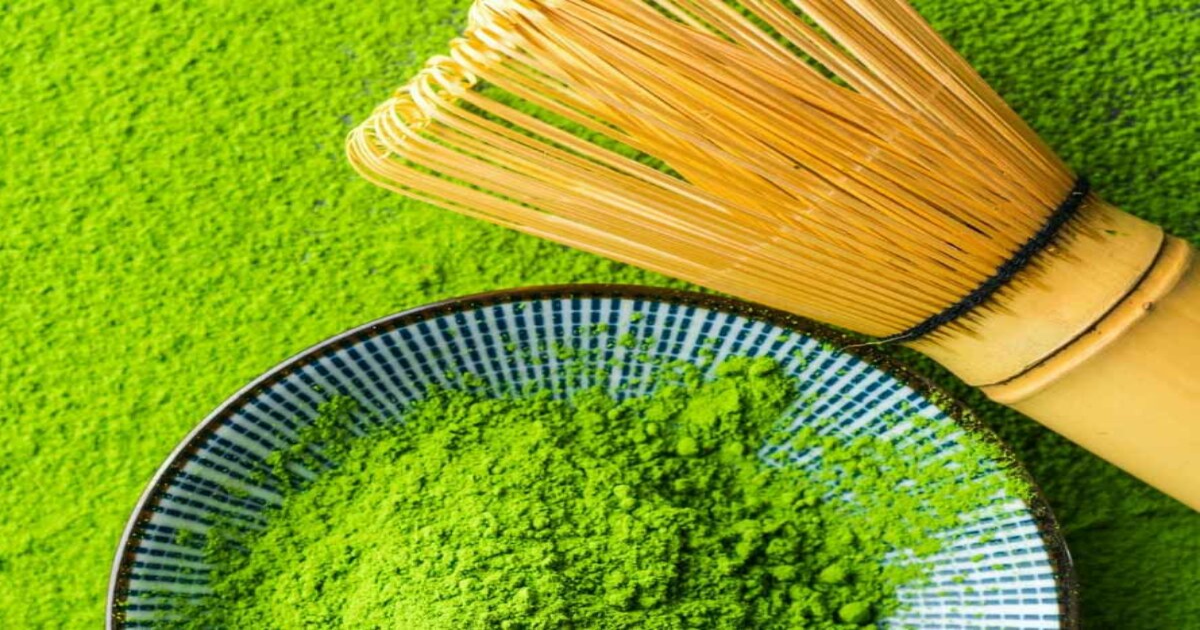Whilst visiting Japan in August this year, we had the chance to experience Japanese tea in various surroundings on several occasions. Tea, specifically green tea, is everywhere in Japan: tea flavored drinks, sweets, ice creams, and pastries are widely available, with tea shops and tea houses everywhere.
[amazon bestseller =”japanese tea” items=”10″]
An ornate traditional “old-style” tea house rises from the center of the tidal pond at Hama Rikyu garden in Tokyo, where we discovered the etiquette of drinking matcha tea. Matcha, a powdered green tea, plays an important role in the Japanese tea ceremony. The tea is served with a wagashi, an extremely healthy and aesthetic Japanese sweet made of bean paste. We were told this little treat should be eaten before drinking the tea to magnify the flavors and make matcha taste even better. We agreed that the wagashi’s sweetness and matcha’s deep taste was a dream combination! We recommend this place for the tranquillity of the tea house itself and the unrelenting beauty of the view.

At We Is Tea, we promote independent and ethical tea producers, believing this focus results in a product of unrivaled quality. Despite this, my curiosity saw me sample tea-based products developed by large manufacturers in Japan. I was fortunate enough to regularly drink bottled iced tea, which was extremely refreshing in the 35°C heat, and also ate food made from green tea, which was delicious. I will make a range of cakes from the We Are Tea Japanese tea once it joins our range.
[amazon bestseller =”japanese tea pot” items=”10″]
Tea is frequently served free of charge at restaurants and is always cherished, whether with a traditional Japanese breakfast, a varied bento box, or a selection of sushi/sashimi from a conveyer belt. The Japanese pride themselves on their customer service, and nothing is more welcoming than a warm cup of comforting green tea.
Finally, whilst visiting Kyoto, we stayed in a traditional hotel called a “Ryokan”. This was a uniquely Japanese experience, with no bed in sight upon entering your bedroom. Instead, a small Japanese table stands in the center of the tranquil tatami room, at which the hosts welcome you with an iced cup of tea and a selection of sweets. A kimono-wearing woman then brought us our “in-room kit,” which contained numerous useful items, including a tea set and a selection of green teas for later in the evening.
We can confirm that tea is the most commonly consumed beverage in Japan and plays an important role in Japanese culture.


